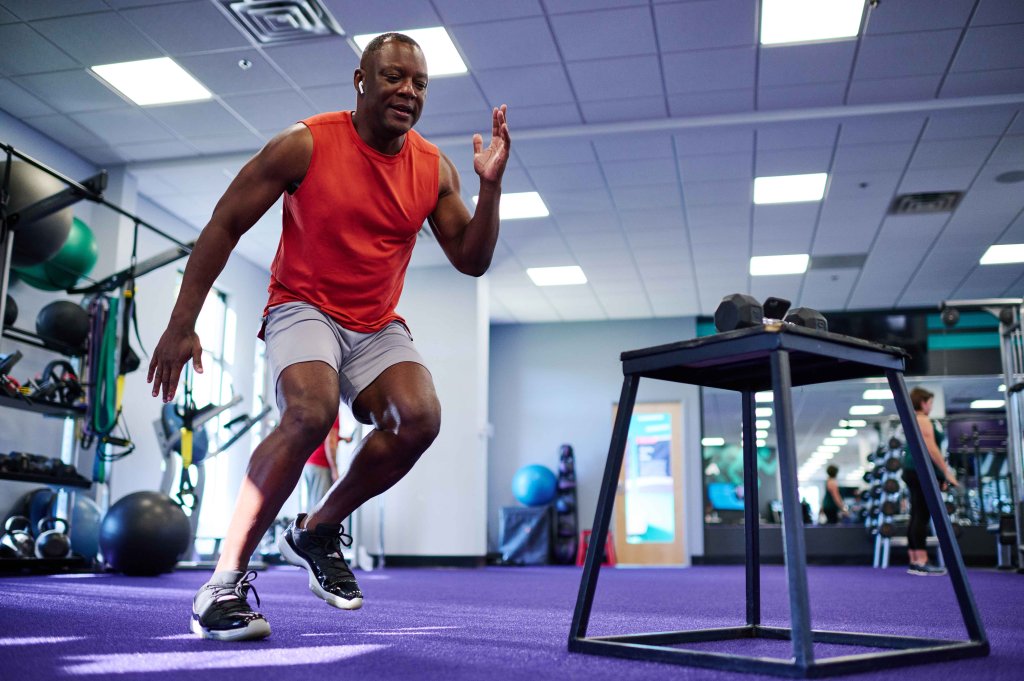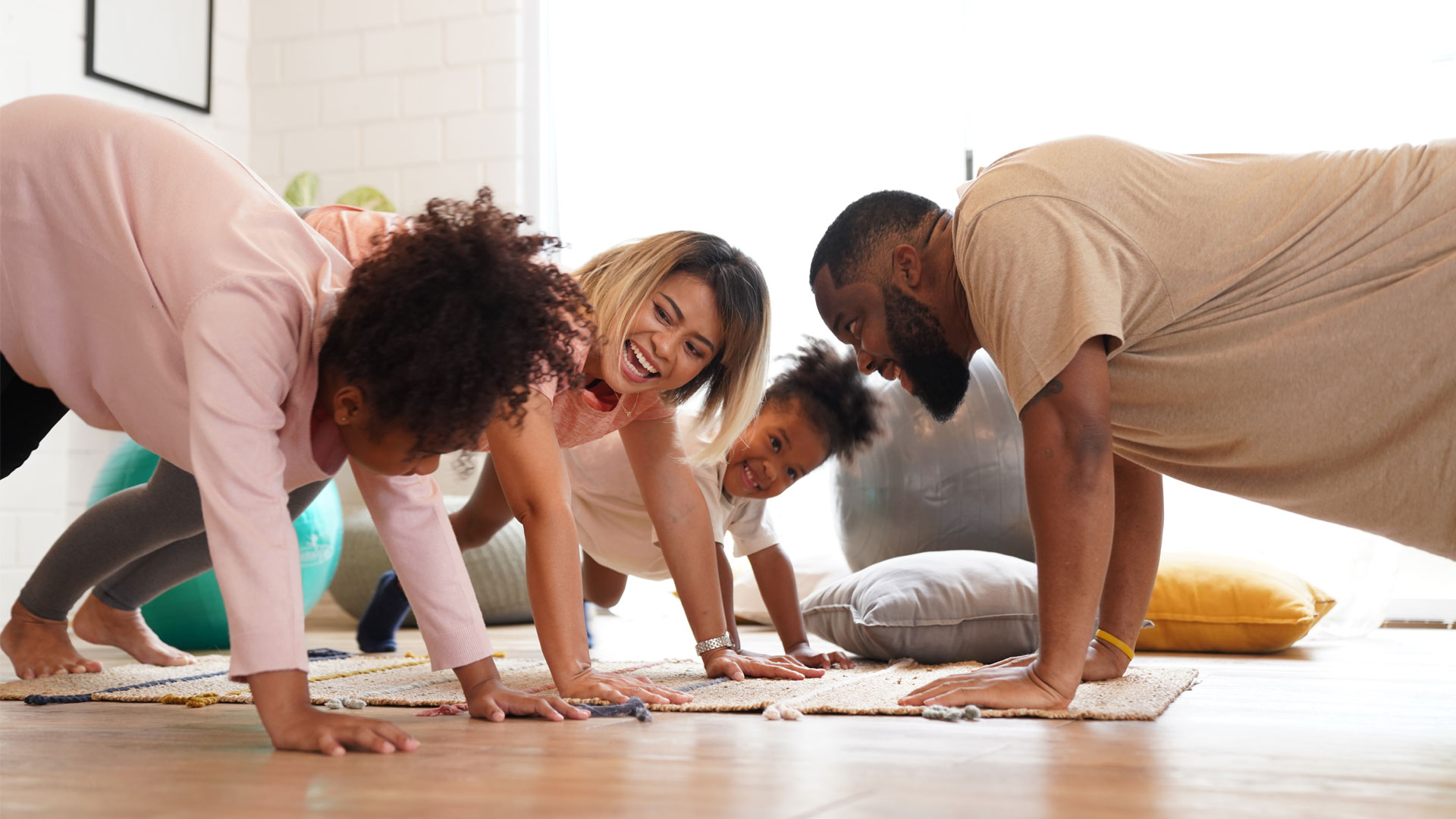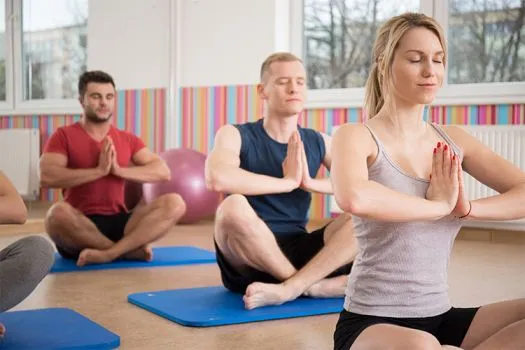A high degree of general fitness is associated with a lower risk of chronic disease and a better ability to manage health difficulties that arise. Better fitness also promotes increased functionality and mobility over one's lifetime.
And, in the near term, being active can improve your daily functioning, from mood to concentrate to sleep.
Simply put: our bodies are designed to move, and they perform better when we are more fit.
However, it is crucial to understand that there are numerous ways to be fit (consider a ballet dancer against a bodybuilder or a sprinter versus a gymnast). And fitness does not have a distinct "look." In truth, appearance cannot always inform you about someone's habits, physical activity, or fitness level.
What It Means to be Fit
The Physical Activity Guidelines for Americans established by the United States Department of Health and Human Services (HHS) identify five components of physical fitness:
-
Cardio-Respiratory Fitness Your VO2 max is a prominent indicator of this. Abbie Smith-Ryan, PhD, professor and head of the Applied Physiology Laboratory at the University of North Carolina in Chapel Hill, argues that your body's ability to absorb and utilize oxygen (which feeds all of your tissues) is directly tied to your health and quality of life.
-
Musculoskeletal Fitness This involves muscle strength, endurance, and power.
-
Flexibility This is the range of motion for your joints.
-
Balance This refers to your ability to stay on your feet and steady while avoiding falls.
-
Speed This is how fast you can move.
A widely recognized peer-reviewed research report from 1985 described the distinction between the terms "physical activity" (body movement that results in energy expenditure), "exercise" (planned and regulated physical activity), and "physical fitness." The paper described physical fitness as a set of characteristics that persons possess or develop that govern their ability to perform daily tasks with vigour and alertness, without excessive weariness. According to the paper, fitness can be measured using components such as cardiorespiratory endurance, muscular endurance, muscular strength, body composition, and flexibility.
Types of Fitness
There are several major components of fitness, all of which are essential for developing a well-rounded workout regimen. The ones listed below are from the Physical Activity Guidelines for Americans, which HHS recommends as components of weekly exercise. (As previously indicated, various definitions of fitness contain additional components such as endurance, muscular endurance, power, speed, balance, and agility.)
Aerobic (cardiovascular) Exercise

Aerobic exercise is the core of all fitness programs, and for good reason. According to the American Heart Association, cardiovascular exercise, also known as cardio, raises your heart rate and breathing rate, hence improving your cardiorespiratory fitness.
Aerobic activity includes brisk walking, jogging, cycling, swimming, aerobic fitness classes (such as kickboxing), tennis, dance, yard work, tennis, and jumping rope, according to the Physical Activity Guidelines.
Strength Training
Strength training is an effective technique to increase mobility and overall functioning, especially as you age. "As you age, your muscle mass decreases, which can have a substantial influence on your quality of life. Strength exercises strengthen bones and muscle, and more muscle protects your body from falls and fractures that can occur in old age," says Robert Sallis, MD, a family medicine doctor at Kaiser Permanente in Fontana, California, and chairman of the American College of Sports Medicine's Exercise Is Medicine initiative.
The ACSM defines strength or resistance training as exercise that is "designed to improve muscular fitness by exercising a muscle or muscle group against external resistance." Lifting weights, using resistance bands or your own body weight, carrying heavy objects, and even rigorous gardening are examples of activities that respond to this call, according to HHS' Physical Activity Guidelines.
Flexibility and Mobility
The International Sports Sciences Association states that both flexibility and mobility are essential components of good activity. However, they are not synonyms.
Flexibility is the ability of tendons, muscles, and ligaments to stretch, whereas mobility is the body's ability to move a joint over its whole range of motion.
According to HHS's Physical Activity Guidelines, there is no specific recommendation for how many minutes you should spend doing activities that improve flexibility or mobility (such as stretching), and the health benefits of those activities are unknown due to a lack of research on the topic. However, the guidelines state that flexibility exercises are crucial for physical fitness.
Rest and Recovery.
Including rest and recovery days allows your body to repair the natural damage your muscles sustain throughout activity. Exercise, by definition, causes stress on the muscles and body. The restoration or mending of that stress is how you gain strength (and fitness). However, in order for the body to recuperate after a workout, it must be given appropriate rest.
Recovery days might include no physical activity at all or an active recovery day, which involves low-intensity, low-impact exercise such as strolling or mild yoga. Dr. Sallis normally recommends getting some form of exercise every day, such as a 10-minute walk outside.
Read Also: Best Bodybuilding Programs: Beginner to Advanced
Health Benefits of Exercise

Improved fitness significantly lowers the risk of chronic diseases that develop over time, including heart disease, type 2 diabetes, and even cancer. "The one thing that will help prevent almost any type of disease is fitness," says Grayson Wickham, DPT, CSCS, founder of Movement Vault, a mobility and movement company in New York City.
Exercise Improves Your Mood
Research has revealed that regular exercise might act as a barrier against depression and anxiety. Furthermore, additional research have found that exercise can help manage and treat depression symptoms, according to a scholarly article. Exercise may help lower inflammation, which has been linked to depression; the researchers also believe that physical activity may create positive changes in the brain.
Exercise Is Good For Sleep
Regular exercise can help you have better sleep at night. Of the 34 research included in the systematic review, 29 reported that exercise enhanced sleep quality and was related with longer periods of sleep. It may help reset your body clock (so that you are alert and drowsy at the appropriate times), induce chemical changes in the brain that promote sleep, and, as previous study has shown, alleviate presleep worry that may otherwise keep you awake.
How Much Exercise Do You Need?
According to the United States Department of Health and Human Services' Physical Activity Guidelines for Americans, the minimum amount of exercise that promotes good health is 150 minutes of moderate-intensity aerobic activity (such as brisk walking) or 75 minutes of vigorous-intensity aerobic activity (such as jogging or running) per week. (A combination of moderate and strenuous activity is also acceptable, as long as it is carried out across at least two days per week.)
Additionally, do muscle-strengthening activities at least two days a week, targeting all of the major muscle groups (legs, hips, back, belly, chest, shoulders, and arms) as recommended.




